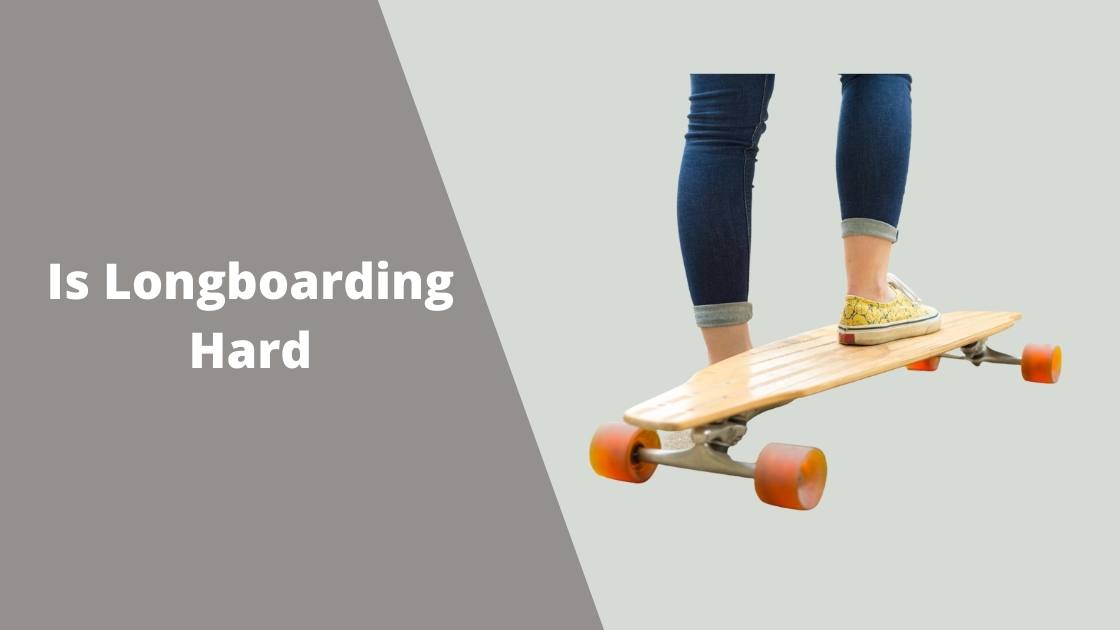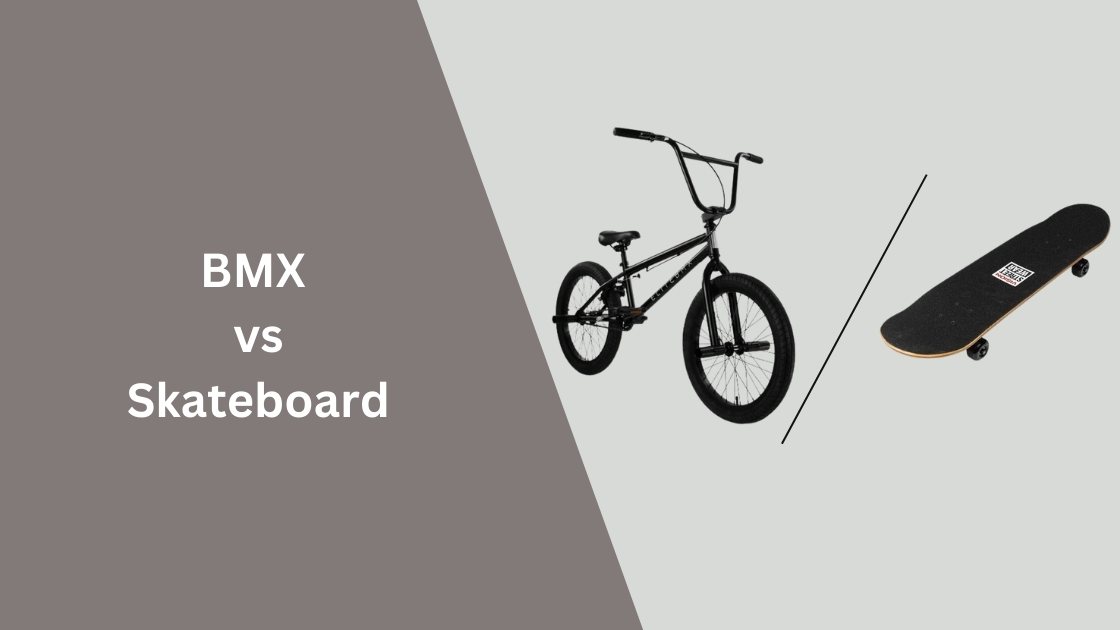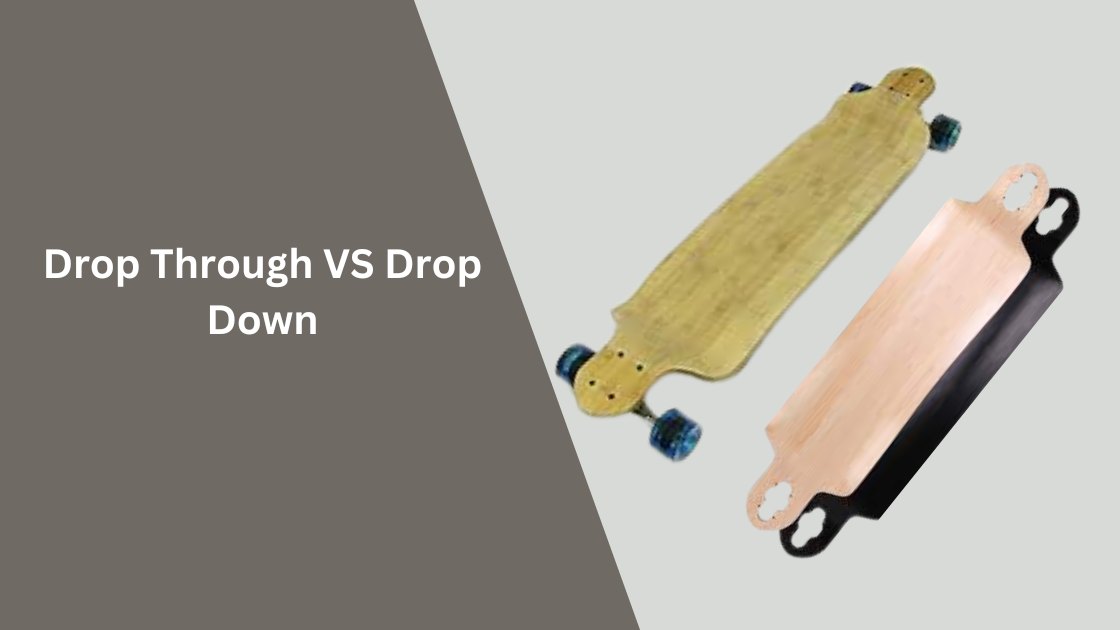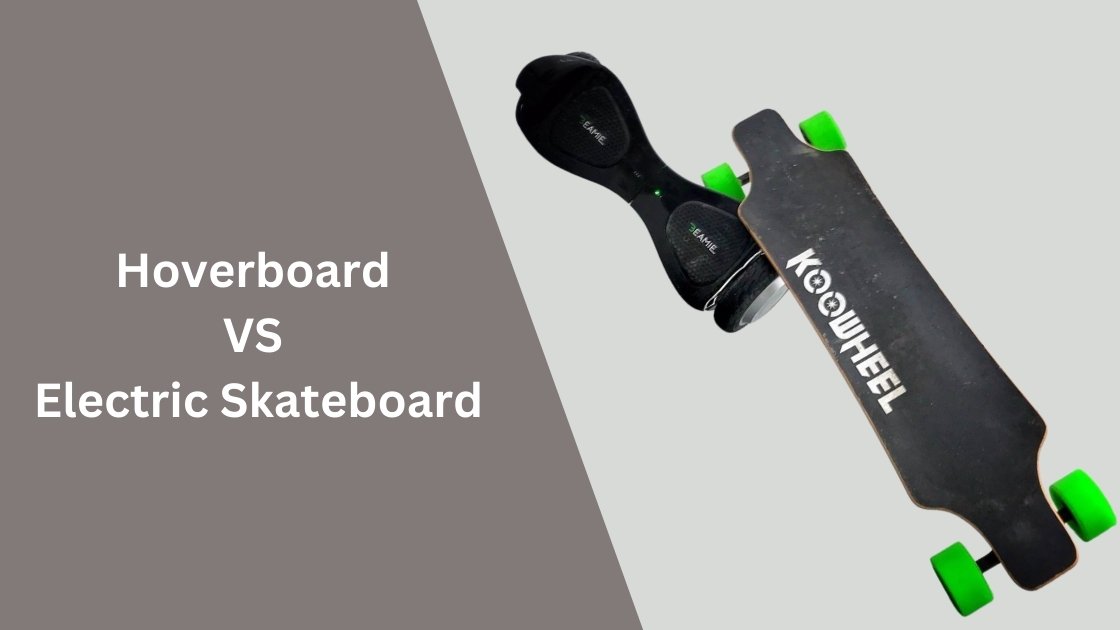Longboarding is not hard, but it can be challenging. It is an art form. It’s a way to connect with nature and be a part of a community. You can make new friends, learn new skills, and develop your body as you try to master the sport.
Longboarding is hard because, as a sport, it involves both athleticism and balance–which means it requires both mental focus and physical strength simultaneously. To be perfect in both makes it challenging for beginners. Once you’ve mastered the basics of longboarding (which takes about six months or so), you’ll be ready for the next level of challenges.
The trick is learning how to do it right—is that’s what makes longboarding so fantastic!
This guide, “is longboarding hard,” will discuss why it is so and determine the factors that make it hard, like age, fitness level, etc.
Is Longboarding Hard
There are many things that affect longboarding rides.
How Hard Is It to Ride a Longboard
The short answer is—yes. But not as hard as you might think.
Longboarding is easy if you know what to do.
If you’re new to longboarding, a few things might make it seem harder than it is. First, longboards are meant to be customized to your riding style, so if you don’t have a riding style, you won’t know what type of board to get, so the board you have may not fit your style.
Second, longboarding isn’t about doing tricks—it’s about cruising at top speeds and learning how to maneuver around corners. This is simple to master within 2-3 weeks. But if you intend to learn advanced tricks and stunts within a short period without the board that suits your style, then it will be extremely hard to master it.
So, the rational point is first to confirm your riding style and choose the longboard that is best according to your style select the best drop through longboard that fits your style. To add this, start from the basics and become an expert with proper practice and within the proper period.
Longboarding Difficulty: Age Level
Longboarding, a popular activity in the world today, has become the talk of the town. It is hard to learn for some, while others perceive it as easy to do.
Longboarding has been famous among youngsters – school and college-going. But in recent years, it has become famous among almost all age group levels.
Besides youngsters, children and people of old age are riding longboards to have fun or to cover their commute after learning longboarding skills.
The difficulty level of longboarding varies from age to age. It mostly depends on knees and muscle strength. If your muscles are good does not matter what age group you are from. You can get to know longboarding easily.
Moreover, if you select the right longboard according to your riding style, the question ” is longboarding hard” cant confuse you.
Longboarding Difficulty: Fitness Level
The fitness level of a person has a great impact on longboarding. If the rider is physically fit and has good balance skills, he can have a grip over longboarding within almost no time. It is because longboarding is the game of balance-making.
In longboarding, the rider needs to create balance on the longboard. Except for the expectancy in the skill, the rider needs to be perfect in maintaining balance on the board.
Longboarding Difficulty: Joint Mobility
Joint mobility is another factor that maintains the difficulty level of longboarding. In longboarding, your ankle, hip, and knees make this skill easy or challenging for you.
Longboarding involves the sharp turnings of these joints. Your upper and lower body muscles maintain your stance. So the body’s movement and sharp turning of the muscles of your shoulders, neck, hip, leg, and knee make longboarding an impossible challenge or a joyous means of transport for you.
The Weight of the Rider:
The rider’s weight is crucial in making longboarding easy or difficult for you. If the rider weighs up to 200lbs, it will be easy to push the board or turn easily.
The agile and weighty riders are mostly swift at longboarding due to the longboard surface lower to the ground.
Choosing a longboard according to weight is highly important. Because if the deck cannot carry more than 150lbs, it will cause wheel bite, which is a hindrance in smooth longboarding.
Conclusion
Longboarding is a great way to get out and enjoy your day without worrying about traffic or parking. You can go anywhere—the beach, a park, a mountain trail—and enjoy nature with the people you love most.
To enjoy nature or cover the daily commutes, the perception is longboarding hard or not should not be a barrier in your way. Just have a longboard; ride on it. With little expertise in almost a week, you will start enjoying it, and the question is it hard to ride longboard will vanish from your mind.
FAQ’s
How to stay balanced on a longboard?
Your front foot should be at 45 degrees angle with the deck, while the back foot needs to be transverse. To remain stable and balanced, bend your knees and lean ahead.
What is some longboard pushing tips?
When you go for longer distances, make sure
you go slow.
Place your feet straight next to each other.
Roll off your foot from the back of the heel until the front of your toes.
Is longboarding harder than skateboarding?
Longboarding is extremely easier as compared to skateboarding. Longboards have soft and larger wheels and extensive decks to balance, while skateboards have small decks and wheels. It isn’t easy to maintain balance with them.
Is longboarding good for beginners?
The short answer is yes, it is. The longboard has a low center of gravity, making it easier for the foreign rider to balance.
Is longboarding tiring?
It depends on the distance, timing, and your body condition. It will be tiring if you have covered a long way from home to school within the minimum time limit and with painful muscles and joints.
Is 30 too old for longboarding?
Longboarding is a fun activity. Mostly people in their 40s, 50, or 60s ride longboards to have fun. Besides a means of transport, t is a fun activity most people do on weekends. So if you want to have fun, leave your 30s; even the 60s are not old for you.
More Posts:




